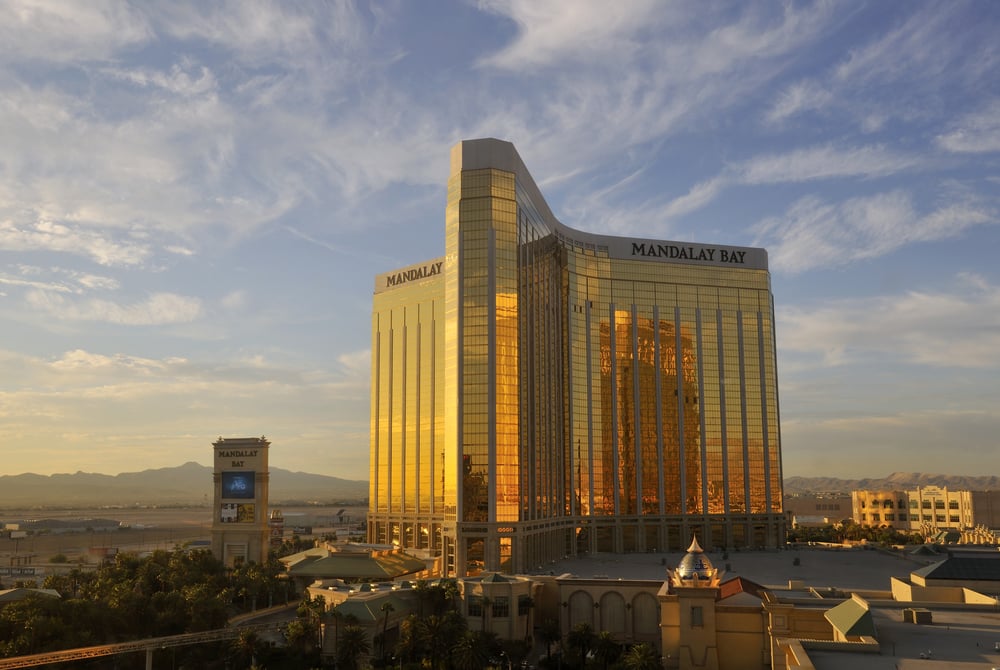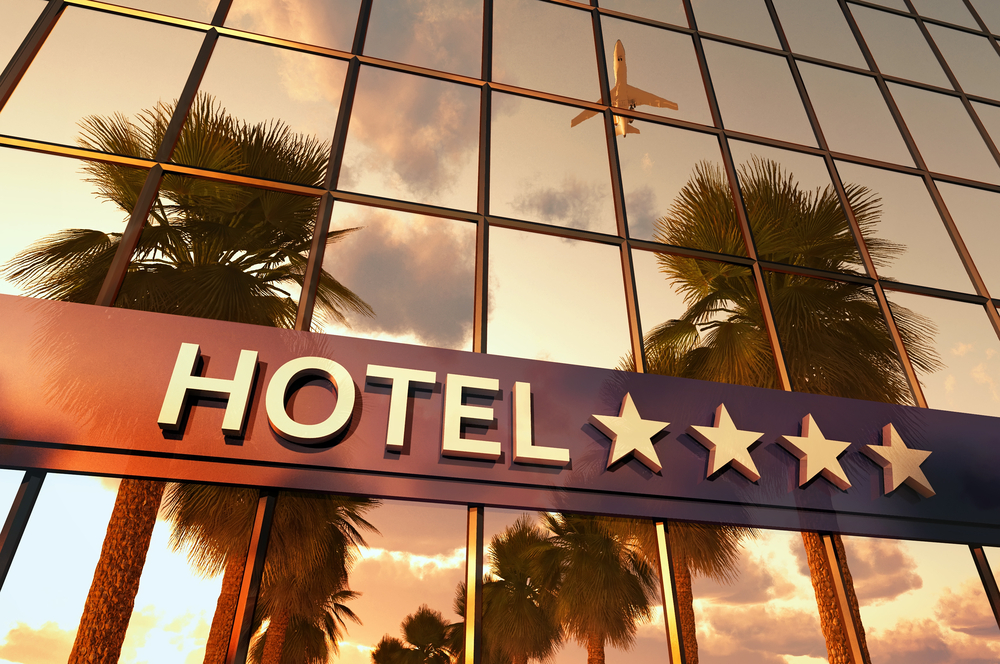Do a Google search for the term “mass shooting” and the resultsjust might surprise you.
|In the U.S., there was approximately one mass shooting per dayin 2017. This year is off to a slightly quieter start, but not bymuch.
|How a mass shooting or killing isidentified depends on the criteria used. While there is no single,broadly recognized definition of a mass shooting, following theshooting at Sandy Hook Elementary School in Newtown, Conn.,Congress defined “mass killings” as “three or more killings in asingle incident.”
|Related: Three keys to reducing workplace violencerisks
|The FBI uses the term “mass murder” and defines it as an eventwhere four or more individuals are killed in a single event,usually in one location or within multiple sites that are in closeproximity of each other (e.g., different offices or floors inparticular setting like a school, office or mall). However, the FBIdoes not have formal definition for a mass shooting.
|Mass Shooting Tracker, which uses multiple sources to trackshooting incidents, defines a mass shooting as “an incident wherefour or more people are shot in a single shooting spree.” Theorganization believes the differentiation is critical because eventhough victims may not die, they were shot and could have lastingrepercussions from the shooting event.
|Gun Violence Archive, a non-profit that collects statistics fromthe media, law enforcement, the government and other sources,identifies a mass murder as an incident involving at least fourpeople who are killed, not including the shooter.
|Why does this delineation matter to insurers? The terminologycould impact the type of coverage that applies, as well as anyexclusions insurers have determined for mass shooting events.
|
A gunman killed 58 people and injured 441 from a hotel roomin the Mandalay Bay before taking his own life. The victims wereattending a country music concert. (Photo: Shutterstock)
|Mass shooting exposures
Early estimates following the massacre at the Mandalay Bay hotel in Las Vegasindicate that event could cost insurers more than $1 billion due tothe resulting claims.
|Among those who could have exposures following the shooting atthe Mandalay Bay are the concert organizer; MGM, who owns thehotel; the manufacturers of the gun, ammunition andbump stock used by the shooter; and his estate. Others who couldhave liability include the ticket promoters, unless there was awarning on the tickets indicating that concert goers attended attheir own risk (more venues are using this type of disclaimer now);and possibly even some of the performers at the festival, explainedWayne Coffey, president and CEO of Coffey & Company based inHunt Valley, Md.
|“No coverage will apply unless you have active shooterinsurance,” he continued. “However, workers' compensation willapply for employees of MGM and the concert promoter.”
|With the advent of active shooter policies, insurers will usethat as a reason to deny some of the claims. In order to close someof the claims quickly, Coffey said that MGM may also settle somewhere it is prudent.
|Commercial liability & workers' comp
For businesses, commercial liability policies may cover some ofthe property damage from a mass shooting, and business interruptionwill cover disruptions if an area is shut down for an extendedperiod of time, an airport is closed or other events are cancelledor scaled back.
|Another issue involves who pays for the clean up after a massshooting incident and whether or not it is covered under a generalliability or property policy. Business interruption insurance couldalso come into play after a mass shooting.
|For first responders like police officers and paramedics who maysuffer the effects of PTSD following a massshooting incident, workers' compensation coverage would covertreatment. However, individuals who experience shooting eventsfirst-hand may only have coverage for PTSD treatment under theirhealth insurance.
|Coffey indicated there is no difference in the types of coveragethat apply for terror events, the shooting at the Mandalay Bay orthe church in Sutherland Springs, Texas. And while mental health issues can play a partin some shootings, an individual's belief system is also a majordriver in these events.
|“It doesn't have to be a gun — it can beanything. In New York it was an automobile, in England a hatchet.It's a hard thing to stop. If someone has an ideology, you can'tstop them,” observed Coffey.
|Related: Dealing with terror
||
Event managers and hospitality venues are reexamining theirpolicies to better protect their guests and identify unusualbehaviors before they pose a danger to others. (Photo:Shutterstock)
|Managing the risks
While the national media is more likely to cover shootingsinvolving multiple fatalities, the hard reality is that massshootings take place on almost a daily basis with multipleindividuals killed or injured, according to Mass Shooting Tracker.Many of the victims may be related to the shooter or at least havesome knowledge of the individual. Sadly, many of the victims arechildren.
|Coffey said that active shooter policies are in their infancy,much like the workplace violence coverage introduced several yearsago. He added that training is going to become a huge aspect ofmanaging the risks associated with these events. This will includetraining for first responders, individuals working in all aspectsof the hospitality and entertainment industry, and adjustersinvestigating the claims.
|He also questioned whether hotels and other public facilitieswill add metal detectors. “The concert probably had them,” headded, and they are already in place for many sporting events.
|Related: Vegas massacre heightens worry about safety at liveevents
|Next steps
The shooting at the Mandalay Bay has prompted hotel chains toreevaluate their “do not disturb” policies for guests. Walt Disney World Properties and Hilton havealready begun changing their policies. Walt Disney is swapping out their “Do NotDisturb” signs for “Room Occupied” signs to indicate that someonemay be in the room. However, cast members have been instructed toenter each room at least once a day as part of a guest safety andsecurity check. They will knock and notify guests that they areentering the room just to check on their well-being.
|Hilton is in the process of updating its policies andencouraging employees to be aware of unusual occurrences such asguests who pay in cash, change rooms multiple times, choose not tohave their rooms serviced for several days in a row, or those whomight be taking numerous pictures of the interior or exterior ofthe hotel.
|Like the “See something, say something” campaign encouragestravelers to be on the lookout for unusual situations in trainstations, subways and airports, this same sentiment will extendover into other venues where large numbers of peoplecongregate.
|It doesn't mean that people should change where they go, onlythat they should be a little more vigilant about who is around themand actions that may seem a little out of the ordinary.
Want to continue reading?
Become a Free PropertyCasualty360 Digital Reader
Your access to unlimited PropertyCasualty360 content isn’t changing.
Once you are an ALM digital member, you’ll receive:
- All PropertyCasualty360.com news coverage, best practices, and in-depth analysis.
- Educational webcasts, resources from industry leaders, and informative newsletters.
- Other award-winning websites including BenefitsPRO.com and ThinkAdvisor.com.
Already have an account? Sign In
© 2024 ALM Global, LLC, All Rights Reserved. Request academic re-use from www.copyright.com. All other uses, submit a request to [email protected]. For more information visit Asset & Logo Licensing.








